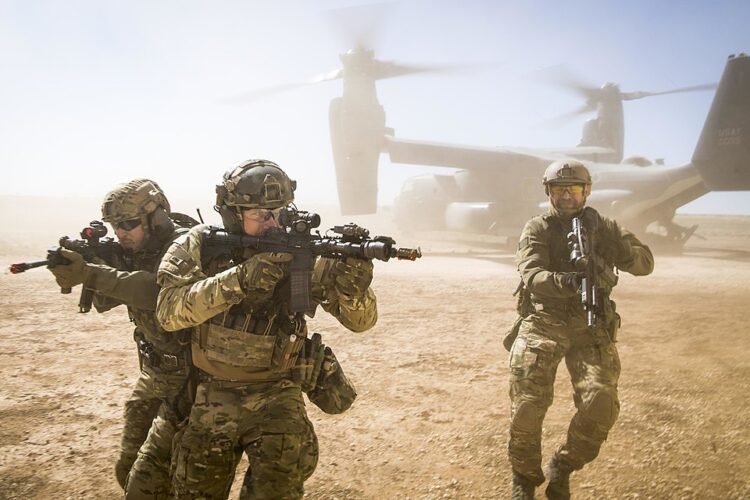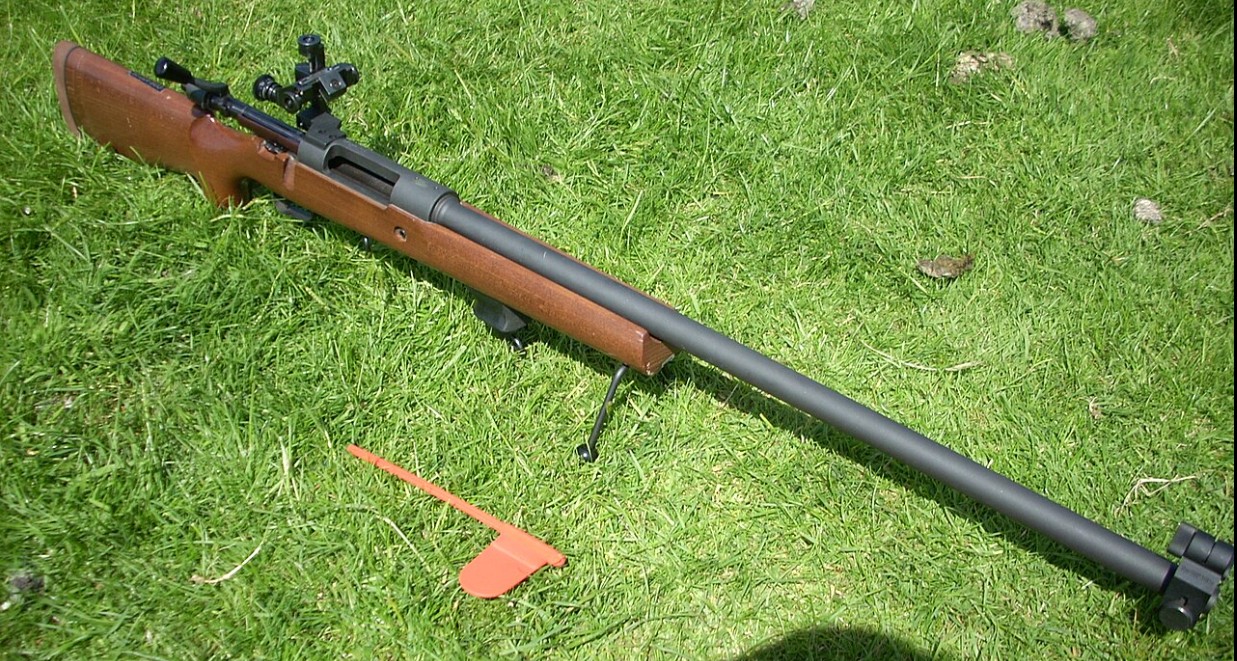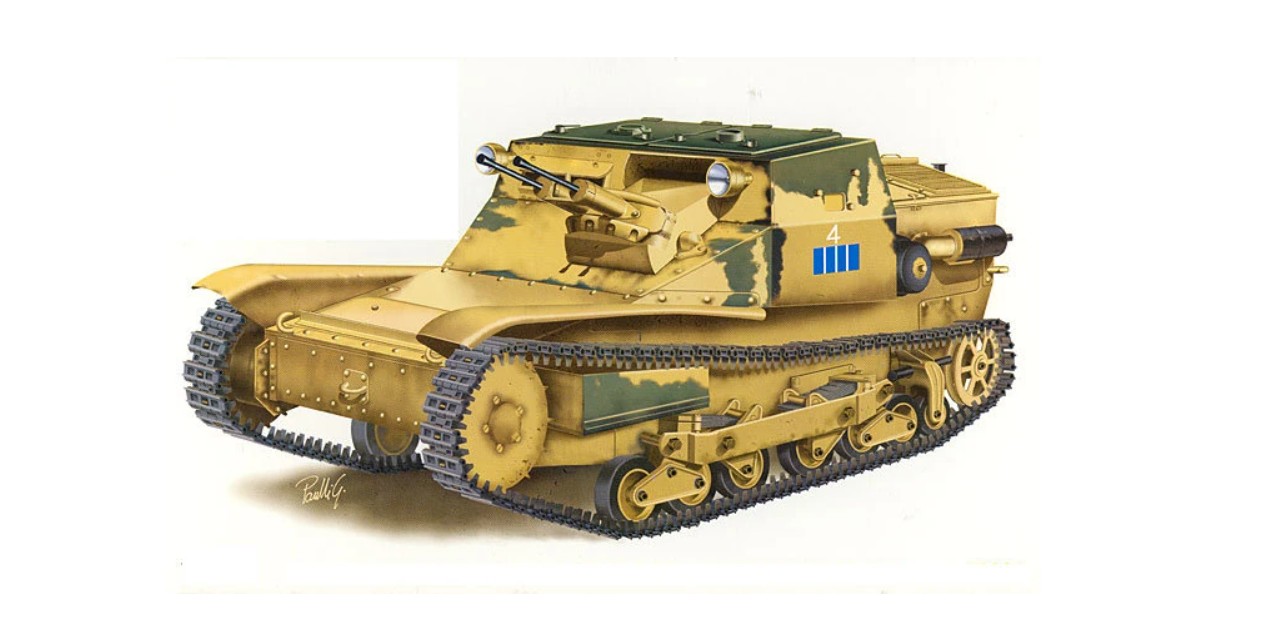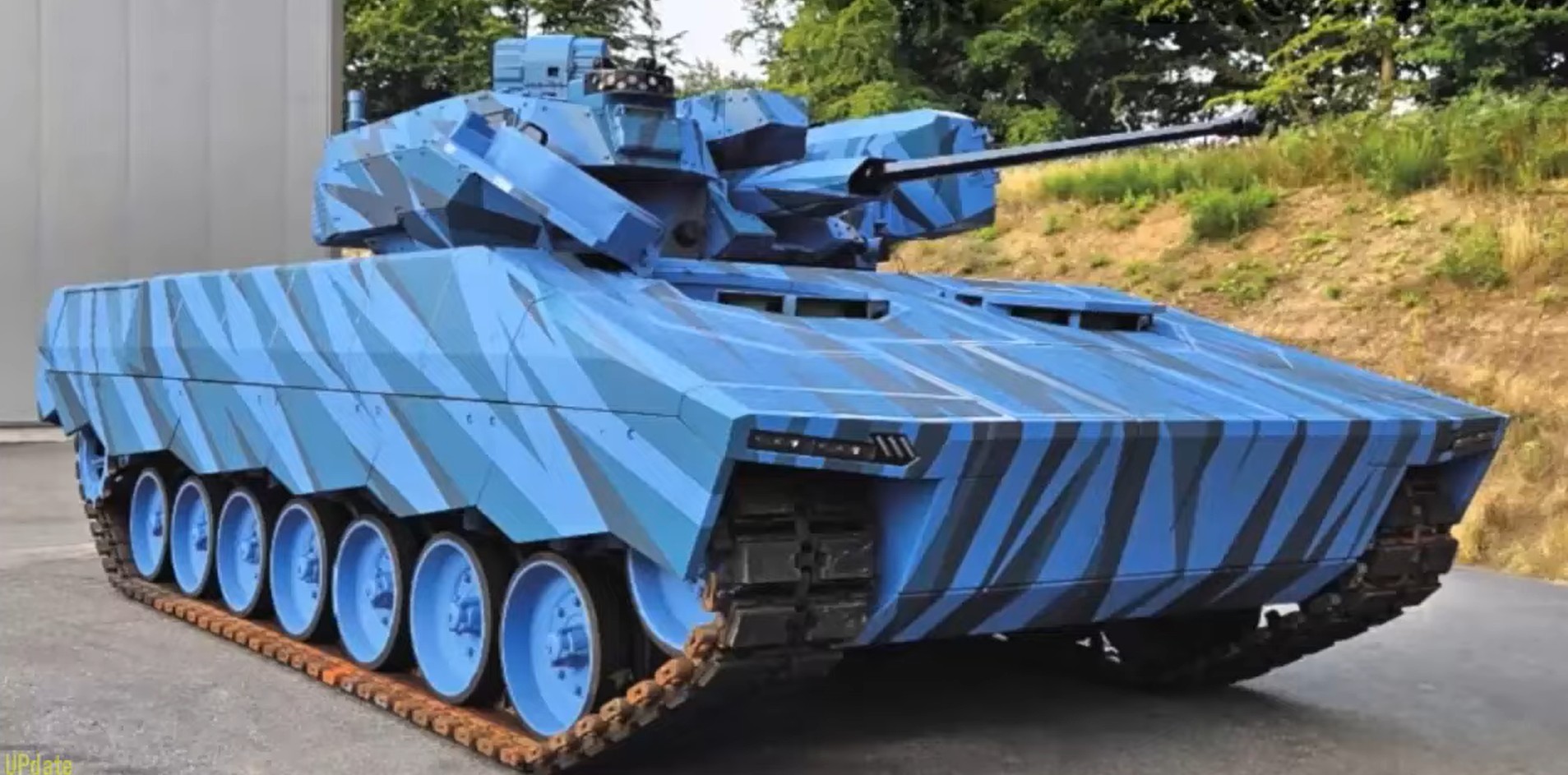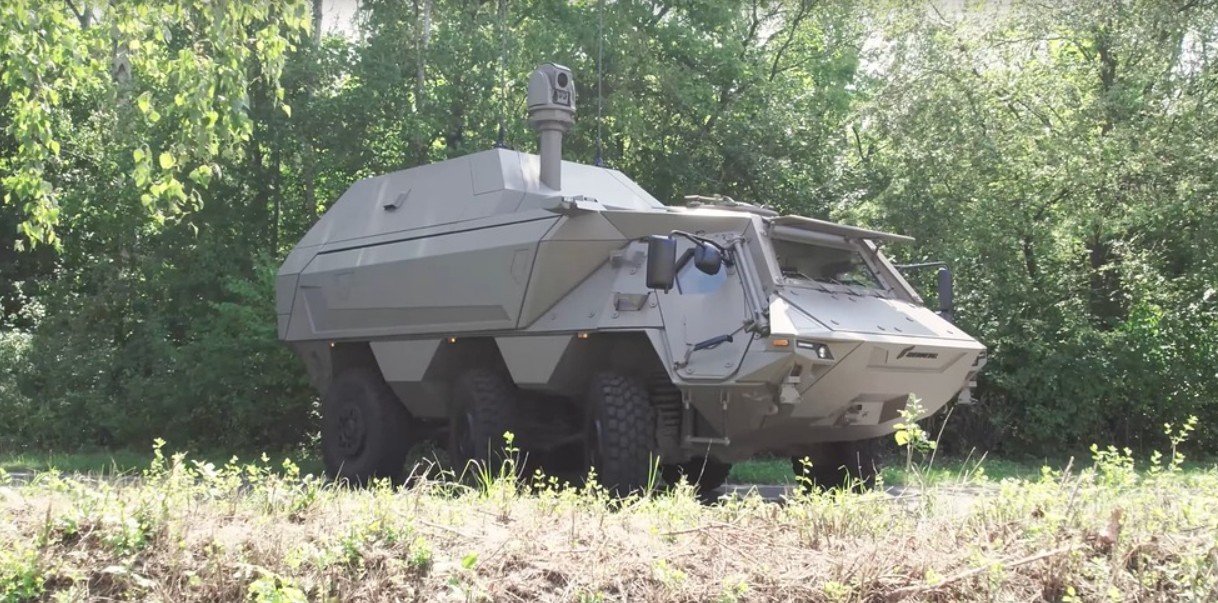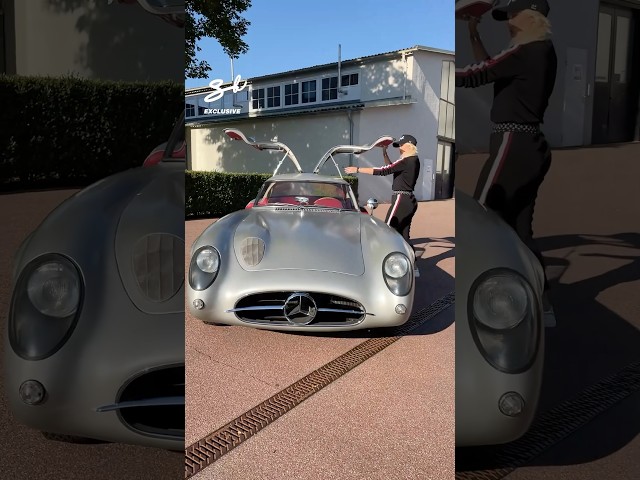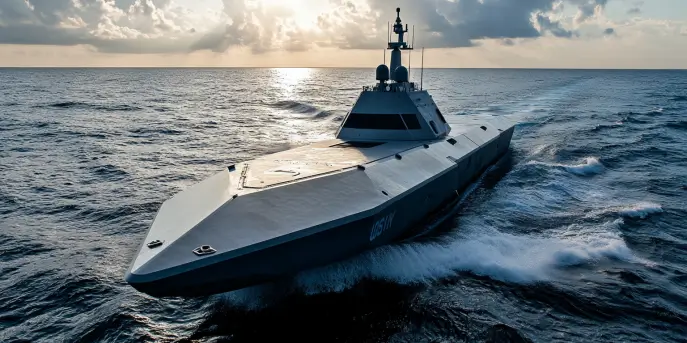When it comes to personal protection on the battlefield, body armor and ballistic protection are crucial elements that significantly impact a soldier’s survival and effectiveness in hostile environments. Over the years, advancements in technology have ushered in a new era of military body armor with enhanced protective capabilities. This article delves into the world of military body armor and ballistic protection, exploring the best options available today, their features, and their importance in modern warfare.
Understanding the Importance of Body Armor
Body armor for military applications is designed to protect personnel from projectiles and other threats. In combat scenarios, protection against ballistic threats can mean the difference between life and death. Therefore, the evolution of body armor technologies aligns with the need for increased safety without compromising mobility and comfort.
Types of Body Armor
Body armor is typically classified into two main categories: soft body armor and hard body armor.
Soft Body Armor
Soft body armor is made from woven or laminated fibers and is commonly used in vests that provide protection against small caliber bullets and shrapnel. It is lightweight, allowing for greater flexibility and movement.
- Constructed with materials such as Kevlar, Spectra, and Twaron.
- Ideal for low-threat environments where high mobility is crucial.
- Typically rated under the NIJ (National Institute of Justice) Level II or IIIA standards.
Hard Body Armor
Hard body armor involves plates inserted into the vest, enhancing protection against higher caliber bullets and rifle rounds.
- Composed of materials like ceramics, steel, or polyethylene.
- Designed to withstand multiple hits and high-impact rounds.
- Typically rated under NIJ Level III or IV standards.
Components of Modern Body Armor Systems
Modern body armor systems for military applications do not solely rely on basic ballistic vests. They are sophisticated systems that integrate various components to provide comprehensive protection:
- Ballistic Vest: Serves as the core of protection, housing ballistic panels.
- Plate Carrier: Supports the addition of hard armor plates for extra protection.
- Tactical Vest: Incorporates pouches and attachment points, increasing functionality.
- Side and Shoulder Plates: Additional protection for more vulnerable body parts.
- Trauma Pads: Reduces the impact of blunt force trauma.
Top Military Body Armor Options
The market for military body armor is diverse, with manufacturers competing to deliver the most effective protective gear. Below is a table summarizing some of the top options:
| Model | Material | NIJ Level | Weight | Special Features |
|---|---|---|---|---|
| Interceptor Body Armor (IBA) | Kevlar, Ceramic Plates | Level III | 16 lbs | Modular design, used by U.S. military |
| Modular Scalable Vest (MSV) | Composite Materials | Level III/IV | 12 lbs | Lightweight, scalable protection |
| Dragon Skin Armor | Silicon Carbide | Level III | 20 lbs | Advanced flexibility, scale-like design |
| KDH Defense Systems Sentinel | Polyethylene | Level III/IV | 14 lbs | Quick-release system |
Technological Innovations in Ballistic Protection
Advancements in technology have led to remarkable innovations in ballistic protection. Nanotechnology, for instance, is being employed to improve the strength and heat resistance of body armor fibers. Furthermore, new composite materials are being developed to enhance the durability and weight efficiency of hard armor plates.
These technological strides are not just limited to material improvements. Smart textiles are also being integrated into body armor, featuring sensors that monitor a soldier’s vital signs and environmental conditions, relaying critical data in real-time to command centers.
The Future of Military Body Armor
The future landscape of military body armor is promising, focusing on lighter, more flexible, and even more protective gear. Researchers are exploring materials such as graphene, which offers incredible strength and lightness. The continual development of body armor is ensuring that tomorrow’s soldiers will be better protected while maintaining the agility required for modern warfare operations.
As militaries worldwide strive to equip their troops with the best protection available, understanding the current offerings and future prospects of body armor can guide procurement decisions and strategic planning, ultimately safeguarding those who serve in harm’s way.
